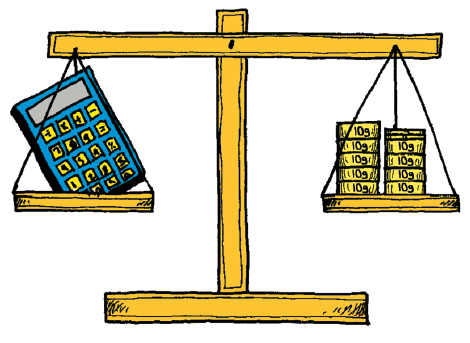Yellow
Green
Blue
Red
Magenta
Remove
- Levi used his two-pan balance to find the mass of his calculator. His standard masses have a mass of 1 gram and 10 grams. He found the mass was 92 grams. Explain how Levi found the mass of the calculator.

Check-In: Question 3
- Use a two-pan balance to find the mass of at least four objects. Record your results on the Mass Data Table page in the Student Activity Book.
Use your data to answer the following questions. Sometimes you will have to collect more data to provide an answer.
- Which object had the most mass?
- Which object had the least mass?
- Compare the mass of the objects from Questions 4 and 5. Describe how the masses compare using words or number sentences.
- Choose any two of your objects. Use your data to predict the total mass of those two objects.
- Write down the mass of each object and your prediction.
- Use the balance to find the actual mass of the two objects together.
- Was your predicted mass close to the actual mass? How close?
- Put the object with the most mass in one pan. Put the object with the second largest mass in the other pan. Predict how much mass you will have to add to the lighter side to get the pans to balance. Write down your prediction.
- Check your prediction by adding mass to the lighter side until the pans balance. Write down the actual amount. Are the two numbers close?












